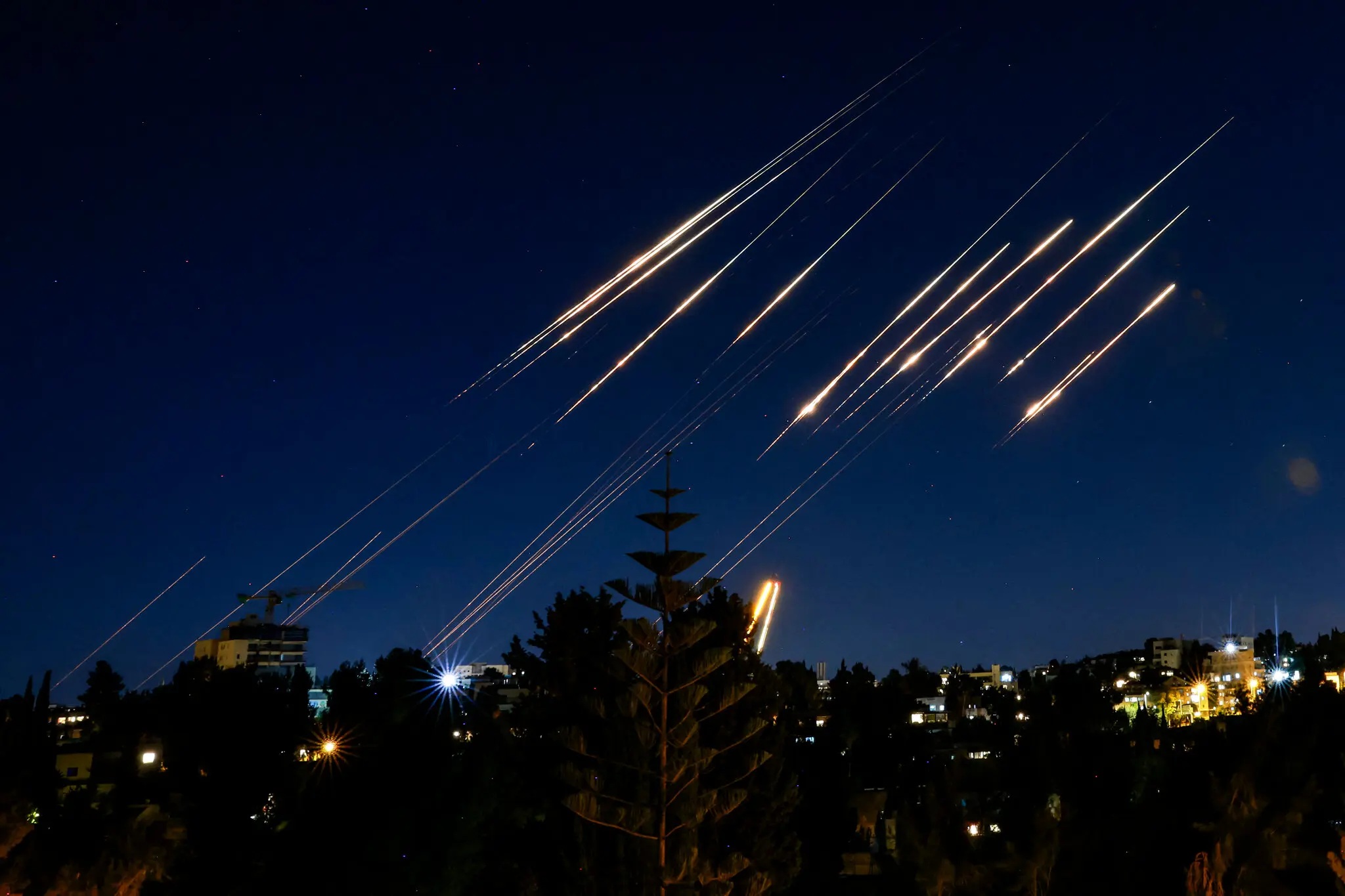Iran’s advanced missiles are raining devastation on the Zionist entity, with many neighborhoods in Tel Aviv, Haifa and other cities turning into rubble.
Israeli air defense systems face their biggest test as Iran’s largest-ever attack leaves so far 24 Israelis killed and hundreds others injured.
Get introduced to these precision-guided, air-defense-evading missiles and see why the Zionist entity’s famed defenses have been struggling.
Kheibar Shekan, Emad and Ghadr are among major missiles used in the missiles strikes which occurred since Friday, June 13, hours after the Zionist entity launched its deadly aggression on the Islamic Republic, which killed senior commanders and dozens of civilians.
Kheibar Shekan
A solid-fuel medium-range (1,200–1,800 km range) ballistic missile, that is designed to maneuver during reentry to evade defenses.
The missile enables faster launch and quicker response. It uses MARV tech to evade missile defenses.

Ghadr
An evolved version of Shehab-3 with three variants. It uses liquid and solid fuel stages.
The missile features aerodynamic “baby-bottle” warhead. It’s built for longer range and improved accuracy (1,350 to 1,950 km range).
Emad
A medium‑range ballistic missile with 1,700 km range and 750 kg warhead. It’s an upgraded variant of Ghadr missile.
It’s considered Iran’s first guided ballistic missile (launched in 2015 with improved accuracy). The missile uses maneuverable warhead for steering and used for precision strikes on key targets.

Fattah‑1
A new hypersonic medium-range missile (1,400 km range, Mach 13–15). It uses solid-fueled stages.
The missile travels beyond Mach 5 with maneuverable re-entry.
Hajj Qassem
A long-range ballistic missile (approx. 1,200–1,400 km). It uses solid-fueled stage, with 500 kg warhead.
The missile is named after the Iranian Islamic Revolutionary Guard Corps commander Qassem Suleimani.
The video below shows some of the destruction caused by the Iranian missiles.
Source: Agencies (edited by Al-Manar English Website)




